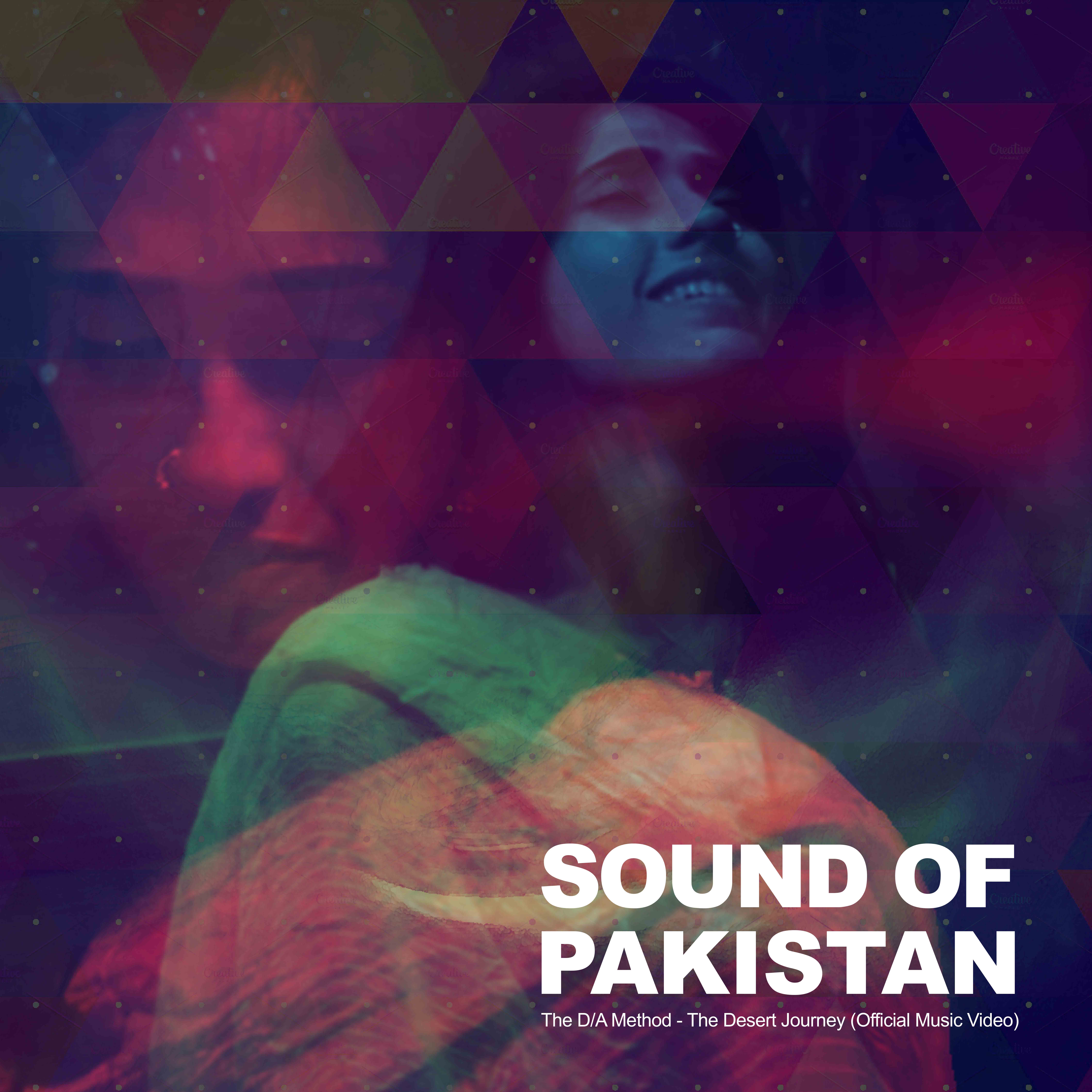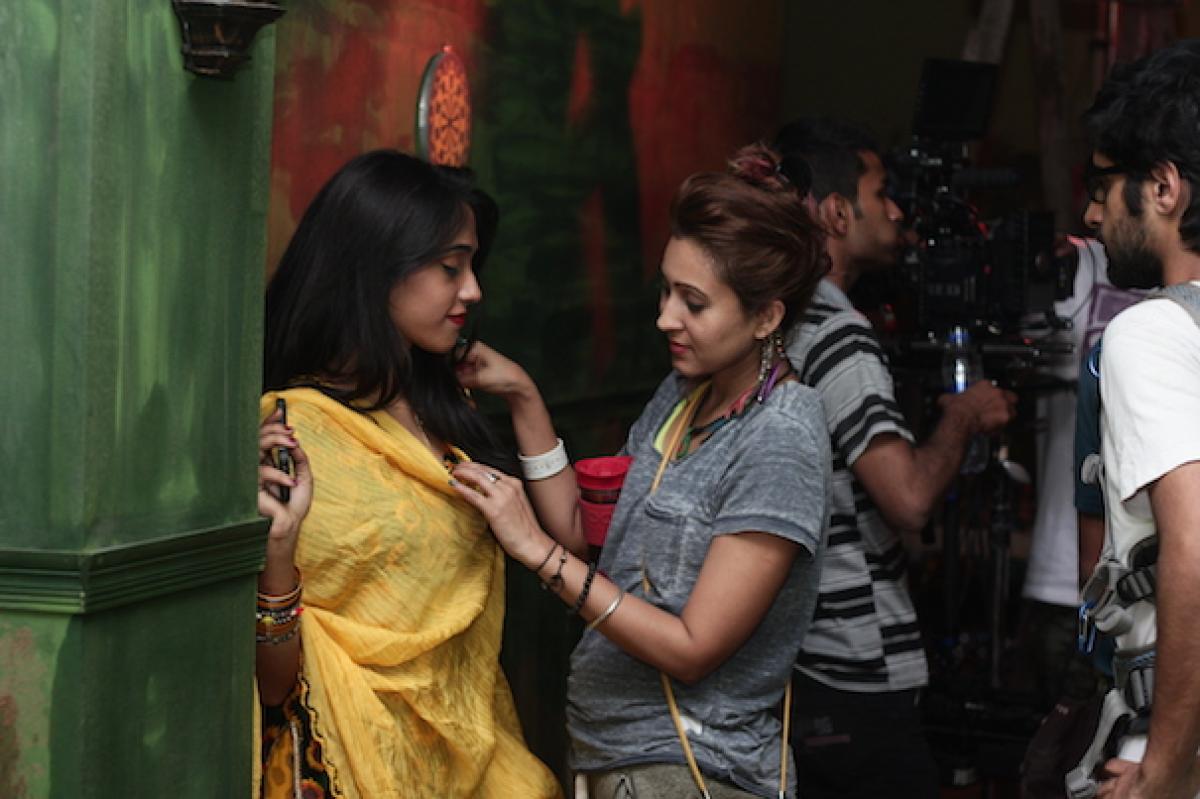
Sounds of Pakistan: The D/A Method
Music connects people and extends beyond borders – so does the Internet. Through both we are capable of reaching the whole world, enjoying unlimited access to information. We, a group of students, musicologists, and musicians at the Humboldt University of Berlin aimed to reach out to contemporary artists from mostly underground music scenes in Pakistan. Below is an interview with the progressive rock band The D/A Method and Kamal Khan from Gali Films about their latest collaboration «The Desert Journey».
«‹The Desert Journey› is an allegory of the journey we go through in life, and that point where past, present and future all come together to confront you.»
Between Music Video and Short Film
The progressive rock band The D/A Method has been described as a unique addition to the Pakistani music landscape. With Gali Films and its director Kamal Khan, they recently published a video clip of the song «The Desert Journey», which is the first single from their upcoming album The Desert Road (release date: September 14th, 2017). Erum, the protagonist, is a prostitute in a Pakistani brothel, and the clip shows her tale of woe, which culminates in a violent catastrophe. It starts with short opening credits (and it ends with closing credits as well). The audience watches the procurers, a father and his son, and a discussion about their business. At this juncture, the music is diegetic as it seems like it is played by a radio. Erum knocks on their door, asks for her money and is rejected. From that moment, the camera follows Erum and the music changes its strata, becoming a clearly non-diegetic soundtrack.
The whole seven-minute song is visualised via a single-take tracking shot. We see actresses and actors performing in a short film rather than musicians performing the music. The video clip, thus, stretches the boundaries between traditions and aesthetics of music videos and films, resulting in a collaboration between video and music artists, rather than just a conventional music clip. I was privileged to speak to this band as well as to the director of the clip.
A Musical Journey through a Tough Desert Environment
[Pascal Rudolph]: There is a lot of Eastern instrumentation in your song (sarangi, sitar and tabla). Omer Bashir and Amar Ayaz described your music as a «haunting fusion between Western progressive rock and Eastern classical music». How would you describe your Pakistani influences and how important are they for you?
[The D/A Method]: The Pakistani/Eastern instrumentation is just a natural result of us trying to make honest music as an expression of ourselves as people and as musicians. Given that four of the five of us are Pakistani or have lived a significant portion of our lives in Pakistan, being exposed to the local music growing up, and being a part of that culture, the fact that those sounds have made it into our particular blend of progressive rock somewhat makes sense, despite the fact that none of us are classically trained musicians. The one thing we did not want to do, however, was something that sounded typical, forced, or something that really has been done and heard before. In this case, the subject matter as well as the big open guitar chords and the Eastern sounding slide guitar melody all served to create a great atmosphere and platform for the Eastern musicians to shine. Gul Muhammad (sarangi) and Waqas Hussain (sitar), both from the Pakistani fusion folk rock band Sounds of Kolachi, in particular did an outstanding job of interpreting our composition and enhancing the emotional pull of the melodies, which is at the end of it, the goal for us with any collaboration — it has to enhance to the final product and it has to make sense for the song as a whole. Given that most of us are Pakistani, we feel our Pakistani influences will always remain important as it is a part of our identity, but how we choose to express that in our music or expression in general are things that will probably continue to evolve.
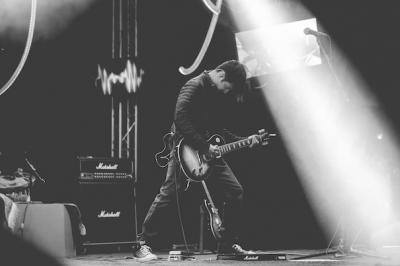
[PR]: The video seems to be more of a short film than a music video. Instead of musicians, the audience watches actresses and actors. Typical opening and ending credits bookend a stunning seven-minute single take. When and why did you decide to contradict music video conventions and comply with cinematic aesthetics? And what is the relationship between this decision and the meaning of the song, especially the decision to visualise a seven-minute song via a single take?
[Kamal Khan]: I knew right from the start that I didn't want to shoot a performance video. The song was metaphorical and it gave us the flexibility in interpretation and lent itself really well to a narrative piece. Inevitably, the song pointed us in the direction of how it should be structurally. Because the piece was largely an instrumental I found there was a lot of space for dialogue. So the instrumental parts allowed us to experience the real world with the characters and then we had the sung parts which allowed us to go inside the character's head; what I called inner dialogue. The sitar solo at the end built up to a perfect climax. It was score-like. The story was built around this structure, and I always wanted to shoot this as a one take so we kind of wrote it as one!
[D/AM]: With regards to the relationship between the decision to shoot a one-take cinematic video and the meaning of the song, I felt the fact that the song is not only called «The Desert Journey», but also aurally constructed as a musical journey through a tough desert environment, lent itself really well to a continuously shot cinematic piece in a harsh city setting where the tension builds not just through the music but through the narrative, each enhancing the other. Again, as with the decision to use actual eastern instrumentation, the decision to shoot a quasi short film for a music video was driven by the goal to create something greater than the sum of its parts, and I think Kamal and the entire team did an outstanding job of taking that vision and creating something that really draws the audience in.

Societal Isolation
[PR]: «One’s own person is defined by its surrounding circumstances»: that seems, in a nutshell, like a central message of the video clip. But the song lyrics are about the desert, a place associated with an absence of everything, loneliness, solitude, isolation, so to speak. How does that fit with the setting of a brothel and the story of a female prostitute, and what is your interpretation of the desert metaphor?
[KK]: Desert journey is an allegory of the journey we go through in life, and that point where past present and future all come together to confront you. Why we thought the desert should be represented by a brothel was because a brothel is a place where one sees so many different types of people. So many different lives colliding, interacting. It allowed us to explore multidimensional characters all in one setting. From the beginning of our discussions, the band and I knew we wanted a female protagonist. A lot of my inspiration comes from my childhood; I was raised by my mother and saw a lot of her struggles. So as with most of my ideas I end up with female centric stories. The same happened with this. I just knew right from the start that I wanted it to be a female's story. It's hard to say why, but that is just what I visualized. The band suggested the idea of a female sex worker and it worked. It kind of just naturally fit in with the lyrics and concepts we wanted to explore.
[D/AM]: The desert metaphor in the song is really about the physical and emotional journey one goes through in life, as Kamal says, but it’s also at its core a story about survival, and about being honest about one’s truth, or in a way, being true to oneself. Often in life, when we take that journey to honestly confront our truths, it can feel quite lonely, especially in modern society surrounded by all manner of distractions. In the music video, therefore, the fact that our protagonist is a female in a brothel serves as an archetype for a character who really is isolated in societal terms, but one who, simply by being honest to her role in society and her truth, manages to survive the chaos.
The D/A Method: «Dream Sequence» (2017)
The D/A Method: The Great Disillusion (2015)
During the Shooting of «The Desert Journey» — Impressions from the Set
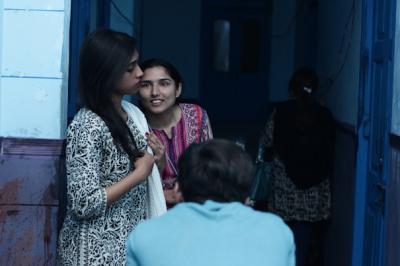
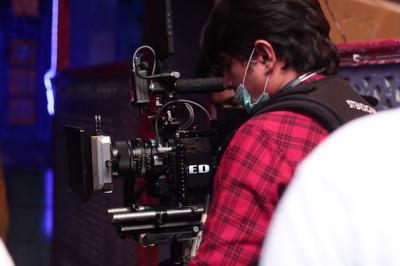
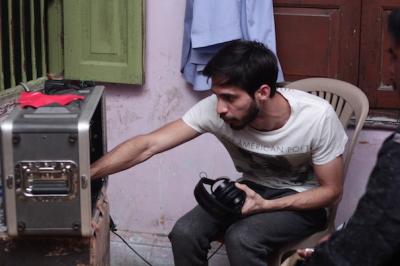
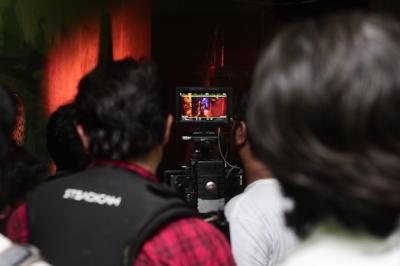
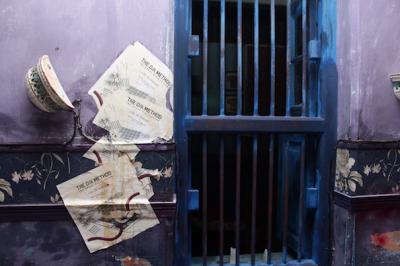
«The Desert Journey» is the first video and single from The D/A Method’s second album called The Desert Road (release date: September 14th, 2017). The record is co-produced and mixed by Bruce Soord (The Pineapple Thief / Wisdom of Crowds). The video clip is produced by Gali Films. For more information visit their Facebook pages: The D/A Method and Gali Films.
Biography
Published on September 19, 2017
Last updated on August 24, 2020
Topics
Loneliness can feel like isolation, but can also be a positive solitude by keeping distance from the worlds’ chaos.
Watch how cutting-edge music from Brazil to Singapore is represented in moving images.
Place remains important. Either for traditional minorities such as the Chinese Lisu or hyper-connected techno producers.
Snap
